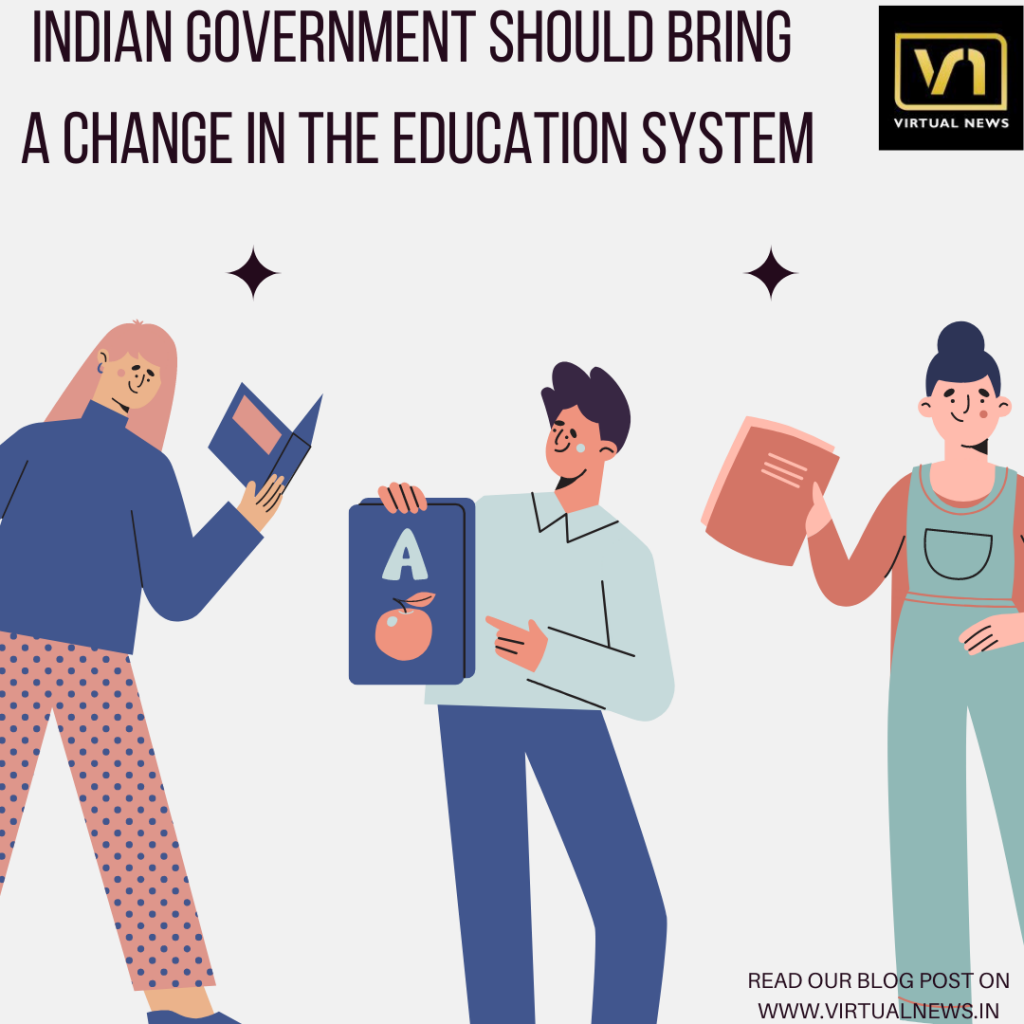Education is one of the most important parts of a student’s life. The majority of the nations around the globe face the problem of teaching via traditional methods instead of using modern technologies to make studying more intriguing. Several governments in the past have tried to modernize the Indian Education System but still, there is much work that needs to be done.
Problems arising due to Conventional System of Education
Several problems are arising due to old ways of teaching. Governments must take this as a responsibility to change certain things immediately for a better, more progressive way of learning.
Although we have come a long way, still rote learning is a major problem among students. Concept-based learning must be encouraged among students instead of them mugging up what they are taught which will help them in the long run.
Teachers have the most important role in a student’s life thus they must have the best training. Teachers must introduce a friendly environment to ensure that students are open, confident, and respectful towards others.
India still has a rogue evaluation system. The pressure of scoring the best in a three-hour-long paper often leads to students’ underperformance. Schools must rather start evaluating students based on their classwork, assignments, projects, and communications.
Lack of modern-day technology in government schools is a big hindrance to a student’s holistic growth. They must be taught with the help of technology.
New Education Policy
The NEP was introduced in 2020 which would replace a 34-year old policy. A welcome move, the Policy introduces the integration of technology with learning as well as the preference of mother language over a foreign language for a better understanding among students. The policy gives options to students to select subjects of their choice instead of choosing a specific stream. Vocational education would also be provided, which would help the students in their future. Students can also opt for various college courses and can also opt-out in between which is a big plus point. Teachers would also be trained for a better digital teaching experience. Students would be assessed on critical thinking, creativity, visualization, idea generation, and problem-solving replacing the current form of academic evaluation.

